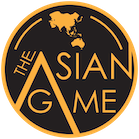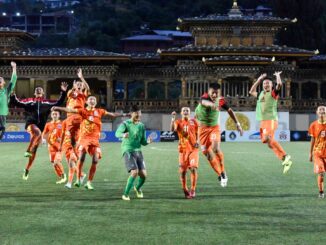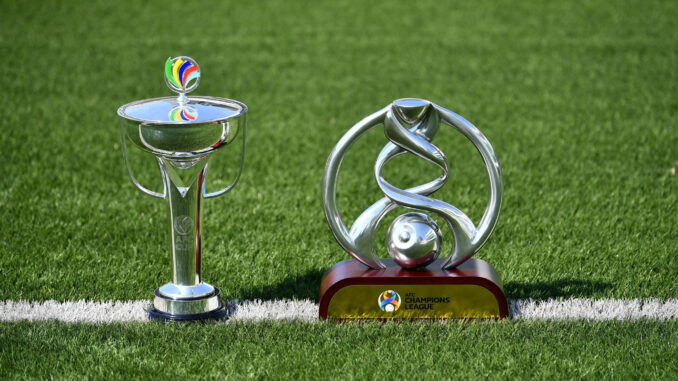
Back in April, the AFC commissioned an innocuous looking taskforce, that was instructed by Sheikh Salman himself to “transform (Asia’s) Elite Club Football into a more attractive stage to improve technical performance, drive commercial value and excite investors to elevate our club competitions to the next level.”
We’ve seen and heard of these types of projects before; many of which haven’t seen the light of day, months after they were set in motion. Yet this one felt different.
On the back of the furore surrounding the failed attempt to create a breakaway European Super League in the weeks prior, early reports from this elite focused initiative suggested an Asian rival may be in the offing.
While a breakaway league was quickly put to bed in early discussions, it was clear that the AFC, through their internally commissioned Elite Competitions Taskforce, made up notably of eight of the strongest member associations in the Confederation, sought to reform the continental club picture moving forward.
The Asian Game has this week seen a copy of their final proposal for the restructuring of Asia’s club competitions, set to be considered, approved and ratified by separate AFC committees in December, and early 2023, in time for the 2024/25 season.
The overview of the proposals suggests a reformatting of the current competition structure in Asia, which currently consists of the AFC Champions League and the AFC Cup. While the number of participating clubs (76) is proposed to remain consistent, they would instead be apportioned over three competitions rather than two.
The ACL, the top tier competition, would be reduced to 24 teams, the AFC Cup, the mid-tier competition would remain similarly sized at 32, while the new lower-tier would take in the remaining 20 teams.
Another underpinning principle behind the changes, would see all three tournaments align with Asia’s two defined regions – West and East – thus removing the delightfully unique, but often constricting zonal splits in the current AFC Cup format.
While both current tournaments have sat quite distinctively away from one another during their existence, it’s suggested that the new format will see more interaction; a similar setup to what is seen in Europe.
While the proposals set out a well thought out, modern looking competition structure, it does raise a number of concerns in respect to the way forward, paved by the AFC and it’s unhealthy obsession with building the Asian game up to meet a worldwide audience, which realistically isn’t there.
Where Europe leads, Asia follows
The AFC Champions League was the first to adopt the now symbolic naming convention first introduced by UEFA when they rebranded the European Cup to form the UEFA Champions League back in 1992.
Asia has always looked to keep pace with developments, on and off the pitch, in Europe with the AFC having been seen to make significant decisions on the Confederation’s future based, with some considerable regard, on what has been implemented by their cousins at UEFA.
It is no surprise, therefore, that a year into UEFA’s introduction of a third-tier club competition, the UEFA Conference League, that the AFC plan to follow suit. Despite some naysayers initially, the European model seems to have flourished; offering opportunities of continental football to clubs and leagues that didn’t necessarily have them before.
While the AFC propose to increase their portfolio, the number of clubs impacted will remain static on current numbers, but don’t let that get in the way of a perceptual alignment.
There is also the unashamedly copycat nature of the proposed format for the ACL; a move away from the typically understood four-team group stage, to a lengthy league format, with bespoke fixture lists and wildly uneven routes for progression.
Known as the Swiss-model, even referred to as such within the Taskforce’s proposals, the origins of this method shouldn’t be easily forgotten; as UEFA’s compromise to appease those who sought to escape to the European Super League, as to remain under the Confederation’s umbrella.
The format provides more security with greater assurance of progression, an increase in matches, and what is intended to be raised quality and drama, as all matches in a region could have a direct impact on one another. Much like the European model, the proof will be in the pudding once this route is rolled out, but given the initial public reaction, it doesn’t promise to be an easy sell.
In a final lurch towards emulating the success of Europe, both on the pitch, but also from a financial standpoint, the taskforce put forward the case to remove foreign player quotas from Asian club football competitions.
Amidst the reformatting plans, this promises to be the largest reaching policy change within these set of proposals. In many ways, Asian football is tamed by the limits it has on player representation: three overseas players plus one Asian player (known as 3+1) have long been permitted in continental competition, since raised to 5+1 for next year’s AFC Champions League campaign.
The fixed guarantee of domestic talent is seen as something fundamental to ensuring local opportunity, whilst adding some calm to domestic leagues, which wouldn’t be overrun by teams stacked full of foreign imports, following a win or bust model that doesn’t benefit local players and national teams.
While concerns remain apparent, the examples set by Europe, South America, and all but Oceania on the global stage, it’s suggested by the taskforce to remove restrictions altogether to enable Asian continental football to compete on the global stage.
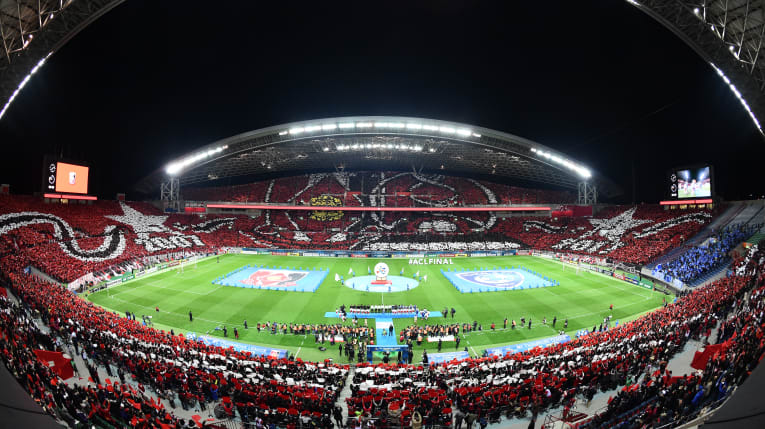
In many ways such a statement feels too simplistic; a desperate pursuit to hold on to the coat tails of Europe, while failing to acknowledge the nuance of Asian football. Asia remans a supply line for European football, at least in the more developed areas of the continent, while other areas continue to experience clear distances between the levels of what imports can be afforded and the standard of their local players.
The very idea that a European model is easily transferrable to Asian football in the blink of an eye, without consequence, seems foolhardy given the number of clubs who have fallen by the wayside in pursuing similar dreams on an individual basis, let alone as a collective.
A pandemic’s legacy
The impact of the COVID pandemic also lingers a lot in these proposals, as it probably did during the taskforce’s assessment period. Given its origins, and how societies are built across Asia, COVID’s impact on the continent’s football was significantly pronounced over the last few years, to an extent that to this day we continue to see it’s impacts on the remaining rounds of the current Champions League campaign.
While the experience of battling through the logistical minefield presented by the pandemic raised some positive lessons to be learnt, while the rest of the world quickly returned to normal following the lifting of local restrictions, the AFC seem, in a number of ways, to have accepted that COVID’s impact on Asian football has bled into its present and ultimately its future.
The immediate success of centralised zones to complete competitions in the peak of the pandemic was a necessary evil, however is still something that the AFC are keen on utilising moving forward.
Instead of reverting back to the typical home and away format for the latter stages of the Champions League, a fully centralised last eight is suggested as the most suitable way of avoiding disruption, building interest and most interestingly merging East and West.
It’s no secret that the chasm between both regions is growing with every given year, so any reformatting of the competition seems sensible as a means to bring the factions closer together.
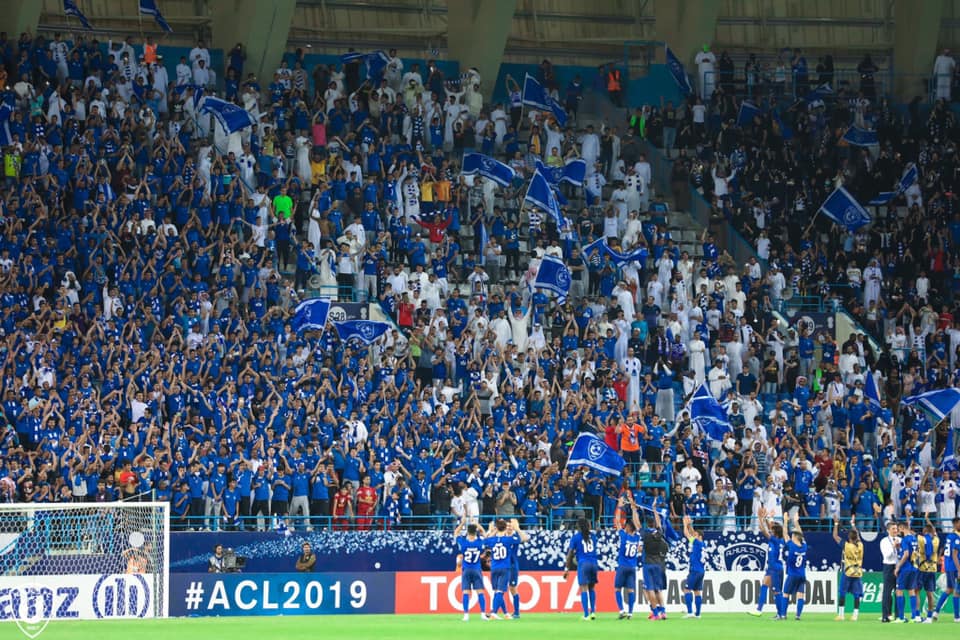
That being said, the appetite for centralised venues is a whole different concept when compared to other parts in the world, both in logistical distances of travel, but also varying levels of active, travelling support.
Interest in these one-stop shop tournaments also needs to be questioned; in many ways one of the key selling points of Asian football, even internally, is it’s atmosphere. Take that away and you risk promoting a distinctly second rate product.
The other glaring point seemingly missed is COVID’s impact on the quality of football seen over the last two years; one of the key drivers behind forming the taskforce originally.
It’s worth remembering that only two years since the AFC decided to expand their elite competition, to 40 teams from 32, they now propose to cut it right back to 24.
Since then, the pandemic has impacted heavily on perceptions of whether the expanded tournament has worked or not. In the West, the gap in quality has been noticeably narrower, with a number of shocks taking the region by surprise. However, given the centralised formats, the size of the field and the schedule often felt overwhelming.
The East experienced similar difficulties, and more for it given the limp participation from the Chinese Super League, and the late withdrawal from Australia last year. The playing field felt imbalanced, and all in front of only a handful of fans.
The very fact that a decision to expand, only a few years ago, has been reversed so quickly without fully testing out it’s capabilities in a normal season seems baffling.
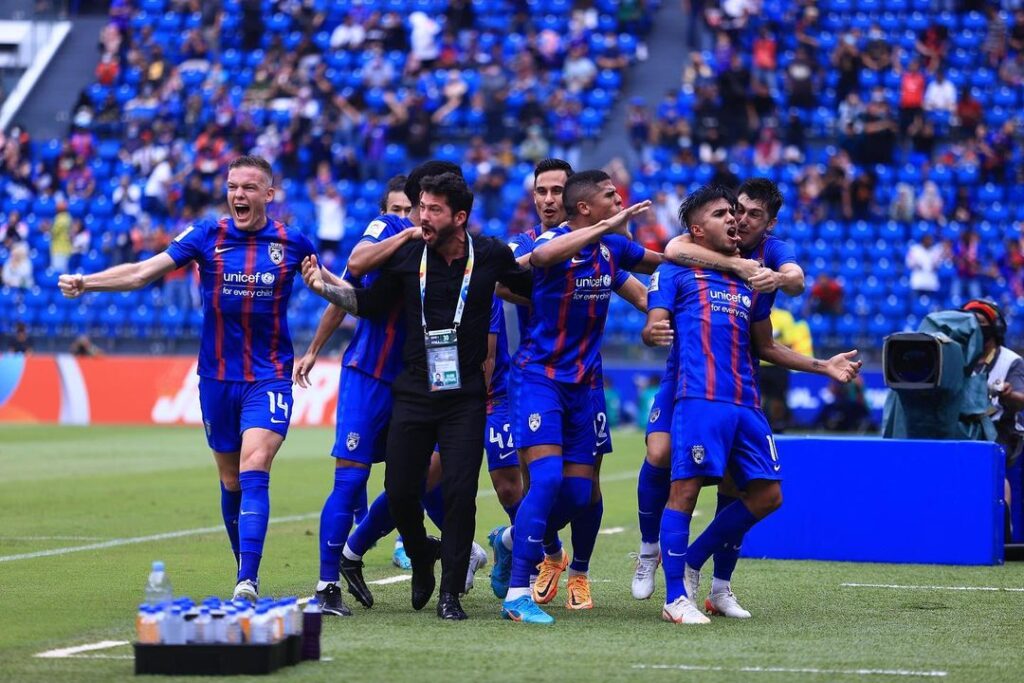
For the same reasons the AFC wanted to expand the tournament, for the likes of Johor Darul Ta’zim to host Urawa Reds in a David vs. Goliath encounter at a sold out Sultan Ibrahim Stadium, or the prospect of ATK Mohan Bagan hosting Al-Hilal in Kolkata, to throw away such an opportunity off the back of a stale product, which couldn’t have been improved given it’s circumstances, smacks of desperation or a knee jerk reaction to limited financial patience.
Elite by name, elite by nature
At the end of the day, we knew what we were getting when the AFC appoint an Elite Club Competitions Taskforce to look at the Asian footballing pyramid. Unsurprisingly, the interests of those at the top of the tree seems to have taken centre stage, with more guarantees of inclusion, and further safety nets to slow their precarious slide down the ladder. Remind me how this is different to the much-feared Super League concept?
The upcoming continental campaign, set to kick off in August 2023, will see some noticeable movements in the slot allocation, with the likes of Australia and China losing out to Hong Kong and Malaysia at the pinnacle of the continent’s game. Rather than embracing a changing landscape, one that illustrates the competitive nature of Asian football, these proposals look to reverse it.
Within the proposals, there’s a push to recalibrate the methodology behind the current coefficient rules. It’s argued that due to COVID, and some fortuitous loop-holes which are seen to have benefitted mid-tier nations disproportionally, that the current rankings are somewhat misleading.
To counter this they suggest to close the loop holes and increase the time frame of consideration, from four to eight years, to prioritise historical performance over recent achievement in qualifying for the Champions League.
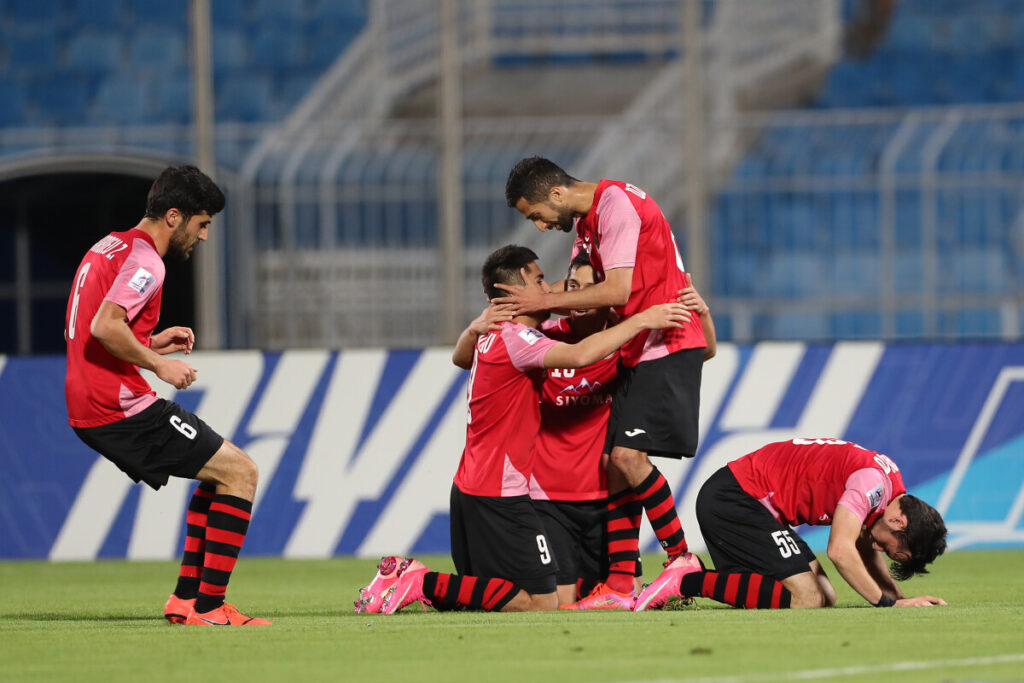
While slot allocation is only briefly mentioned, the squeezing of the Champions League in particular looks set to impact mostly those who have only recently been able to break in – the likes of Malaysia, India, Hong Kong, Tajikistan, Iraq. The AFC look set to adopt proposals to return to a wider gap between those that hold power, and those on the outside.
Some of the immediate reaction to an extra club competition, returned many sage observers back to the misty-eyed times of the AFC President’s Cup tournaments of old, but it must be caveated with what had been widely seen as a segregated Confederation for a considerable time.
By the time the AFC marketing consultants have got their teeth into the Top, Mid and Lower ranked nations, as they currently stand within the proposal, we could be returning back to the days of Elite, Developing and Emerging nations quicker than you may have thought.
While this taskforce assessment, as we detailed back in April, was long overdue given the systemic difficulties with Asian football that require consideration and improvement for the continent to grow, the outcomes again seem to miss the mark fully.
While there are noble intentions to link up separate tiers of the footballing pyramid, there are more examples of how they intend to keep the elite and the rest apart.
A truly competitive and appealing product is not a quick fix, yet as the reaction to one Super League proposal six months ago showed, a closed shop of elite clubs isn’t a sure-fire way to success.
PHOTO: Asian Football Confederation
Listen to the latest The Asian Game Podcast as Scott travels to Okayama to catch up with Stefan Mauk
